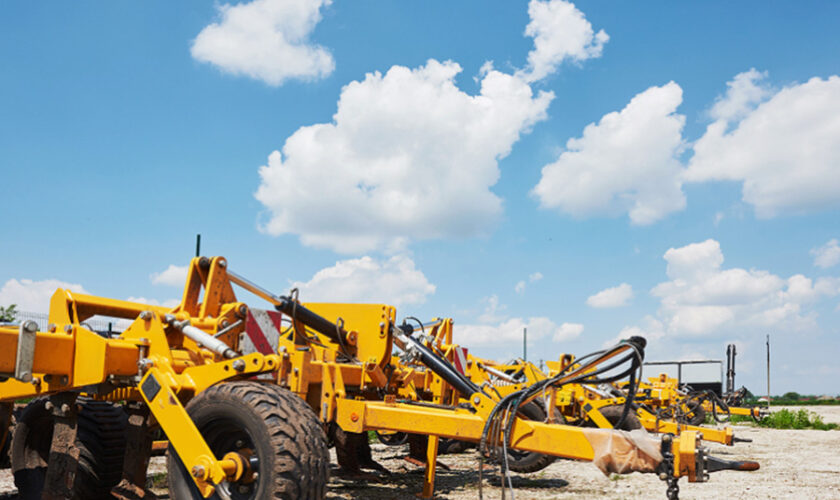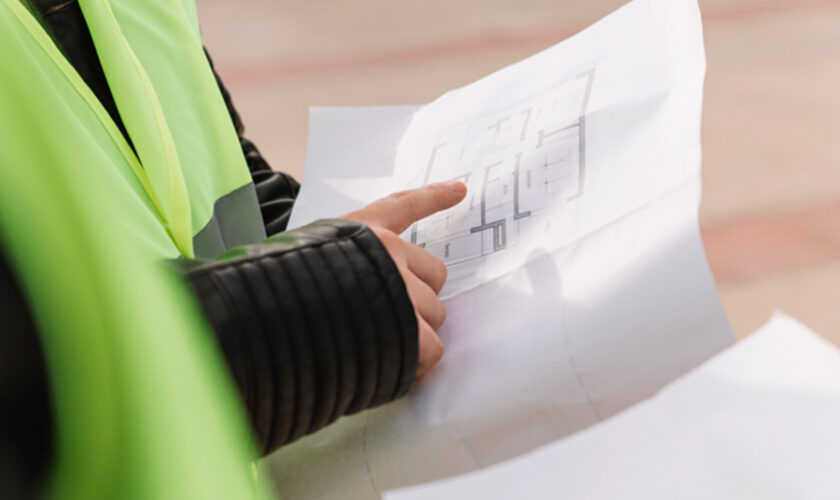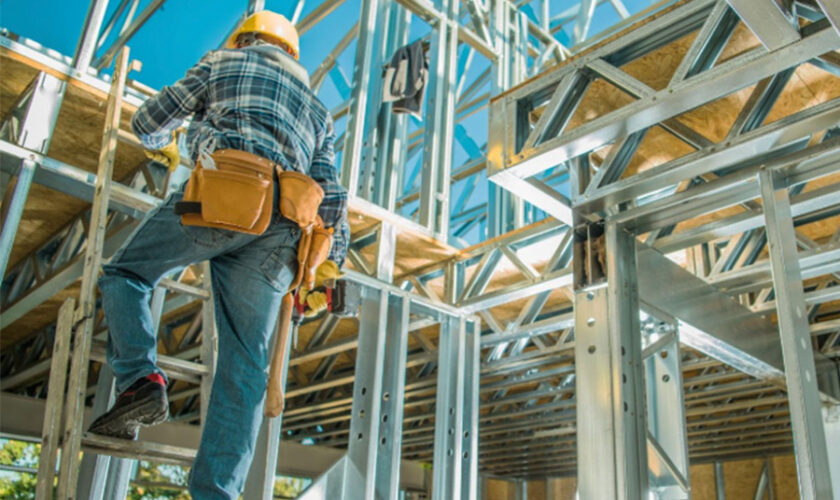First-timers usually enter a Bazi consultation with questions about career, relationships, or life direction. Many arrive unsure of what to expect. This article breaks down every stage of a typical session. Understanding the process ensures better clarity and sets proper expectations before engaging a practitioner.
Setting the Stage: Providing Accurate Birth Details
A consultation always starts with your date and time of birth. Precision is essential. Bazi analysis relies heavily on the accurate hour, minute, and location of birth. These details create the Four Pillars, Year, Month, Day, and Hour pillars, which represent key areas of your life.
You will either submit this information beforehand or share it with the consultant at the beginning. The practitioner inputs this data into software or uses traditional methods to generate the natal chart. Without this information, conducting a proper session becomes impossible.
From the moment you provide your birth details, the consultant begins analysing elemental imbalances. These include the Five Elements, Wood, Fire, Earth, Metal, and Water, which drive all interpretations. Your chart presents a complex pattern showing how these elements interact with one another.
Analysing the Bazi Chart: Strengths, Weaknesses, and Luck Cycles
After chart generation, the consultant starts interpreting its structure. This part usually takes up most of the session. They identify your Day Master, the central reference point in your chart, and examine how strong or weak it appears.
Next, they explore how surrounding elements either support or weaken your Day Master. These interactions point to your personality, strengths, and limitations. A weak Day Master may indicate difficulty in handling stress or decision-making. A strong one may suggest overconfidence or rigidity.
The practitioner continues by reading your Ten-Year Luck Pillars. These reveal how your life evolves through decades. Clients use this insight to prepare for career changes, relocations, or financial shifts. Certain elements appear stronger or weaker during specific periods, which affects the timing of key decisions.
Seasonal luck trends and annual energies also come into play. Consultants may also flag upcoming challenges or periods of opportunity. While this part appears technical, skilled consultants simplify the message into clear advice. You leave knowing when to push forward and when to exercise caution.
ALSO READ: Bazi Compatibility in Relationships: Understanding and Adapting to Your Partner
Exploring Bazi Compatibility for Personal or Business Purposes
Compatibility assessments often feature in a Bazi consultation. Couples and business partners turn to practitioners to evaluate relationship alignment. In romantic cases, both birth charts are placed side by side. The consultant identifies how each person’s elements interact.
Good Bazi compatibility shows balance. For instance, one partner’s weak Water element may benefit from the other’s strong Metal. In contrast, two individuals sharing excess Fire may lead to clashes or mutual burnout.
In business, compatibility checks help determine if team dynamics will remain harmonious or confrontational. Practitioners flag imbalances early so clients can adjust responsibilities or expectations. Consultants may suggest strategies to work around weak compatibility, such as third-party buffers or role adjustments.
Bazi compatibility sessions typically reveal whether a relationship supports growth or generates friction. Clients receive direct insights rather than vague forecasts. This information becomes useful in planning engagements, mergers, or long-term partnerships.
Applying Bazi Insights to Real-Life Decisions
The consultation concludes with practical applications. Here, the practitioner links chart readings to your questions. Clients often ask about career switches, marriage timing, wealth potential, or even business investments.
Consultants suggest timelines for action based on your Luck Pillars and favourable elemental periods. They identify key industries or roles aligned with your chart. Clients seeking financial advice receive guidance grounded in chart readings rather than generic trends.
In cases involving major life shifts, like emigration or retirement, the consultant flags elemental support or resistance during the targeted period. Clients receive realistic options, allowing better planning and expectation management.
Most importantly, a Bazi consultation helps clarify doubt. You walk away with defined suggestions rather than ambiguity. Sessions may include written reports or recordings for reference.
Final Thoughts and Next Step
Attending a Bazi consultation provides focused, data-backed advice rooted in traditional metaphysics. First-timers often leave surprised by how accurate and applicable the reading feels. Understanding Bazi compatibility also helps in navigating key relationships, whether personal or professional.
Get prepared before the session. Know your exact birth time and arrive with specific questions. Doing so helps practitioners offer clear, relevant advice.
Looking for an accurate Bazi reading from a trusted Bazi master? Contact Yuan Zhong Siu Feng Shui Consultancy today to begin your journey with clarity and confidence.










